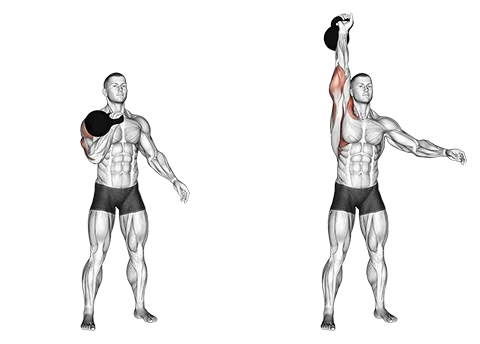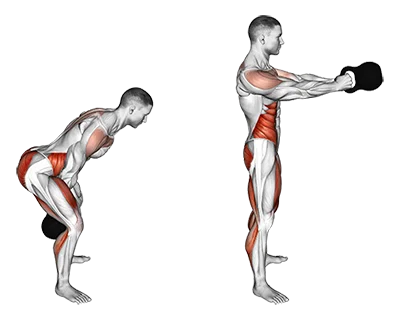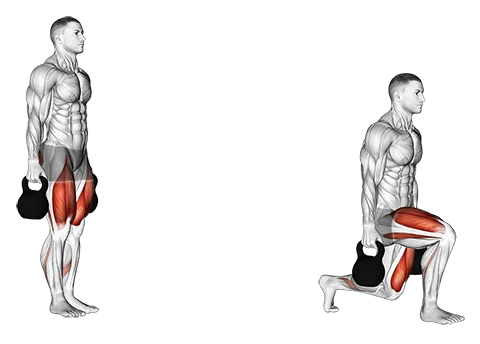Kettlebells bring a unique blend of strength, power, and endurance to your training. Their offset weight and swinging motion make them perfect for functional workouts that improve coordination, grip, and athleticism.
Why Train with Kettlebells?
Kettlebell training hits differently — in the best way:
- Power & Explosiveness: Perfect for ballistic movements like swings and snatches.
- Endurance & Grip: Great for high-rep sets and conditioning circuits.
- Core Stability: Every lift challenges your balance and midline.
- Versatility: Use them for strength, cardio, or mobility-focused work.
Kettlebell vs Other Equipment
Kettlebells fill a special role in your toolkit. Here's how they compare:
- Dumbbells: Easier to control, but less dynamic for swings or flows.
- Barbells: Better for max strength, but not ideal for conditioning.
- Cables: Precise and controlled, but fixed in place.
- Machines: Stable and safe, but lack the fluid motion of kettlebells.
If you want real-world strength and coordination, kettlebells deliver.
Getting Started Safely
Kettlebells are powerful — but respect the technique:
- Master the hinge before doing swings.
- Keep your shoulders packed and spine neutral.
- Use your hips, not your arms, to drive momentum.
- Start with lighter weight to learn the feel and flow.
Programming Kettlebell Workouts
Kettlebells work across multiple training styles. Some staples include:
- Power & Conditioning: Swings, cleans, snatches.
- Strength: Goblet squats, presses, Turkish get-ups.
- Core & Stability: Windmills, farmer’s carries, halos.
You can use them for full-body circuits, EMOMs, or even slow strength sessions.
Compact, dynamic, and brutally effective.
Yes — especially when used for high-volume strength and power-based movements. Great for functional hypertrophy.
Most beginners do well with 8–12 kg (18–26 lbs) for upper body, 12–16 kg (26–35 lbs) for lower body.
Absolutely — just make sure to learn the proper form, especially for swings and overhead movements.

_Thighs_small.png)



